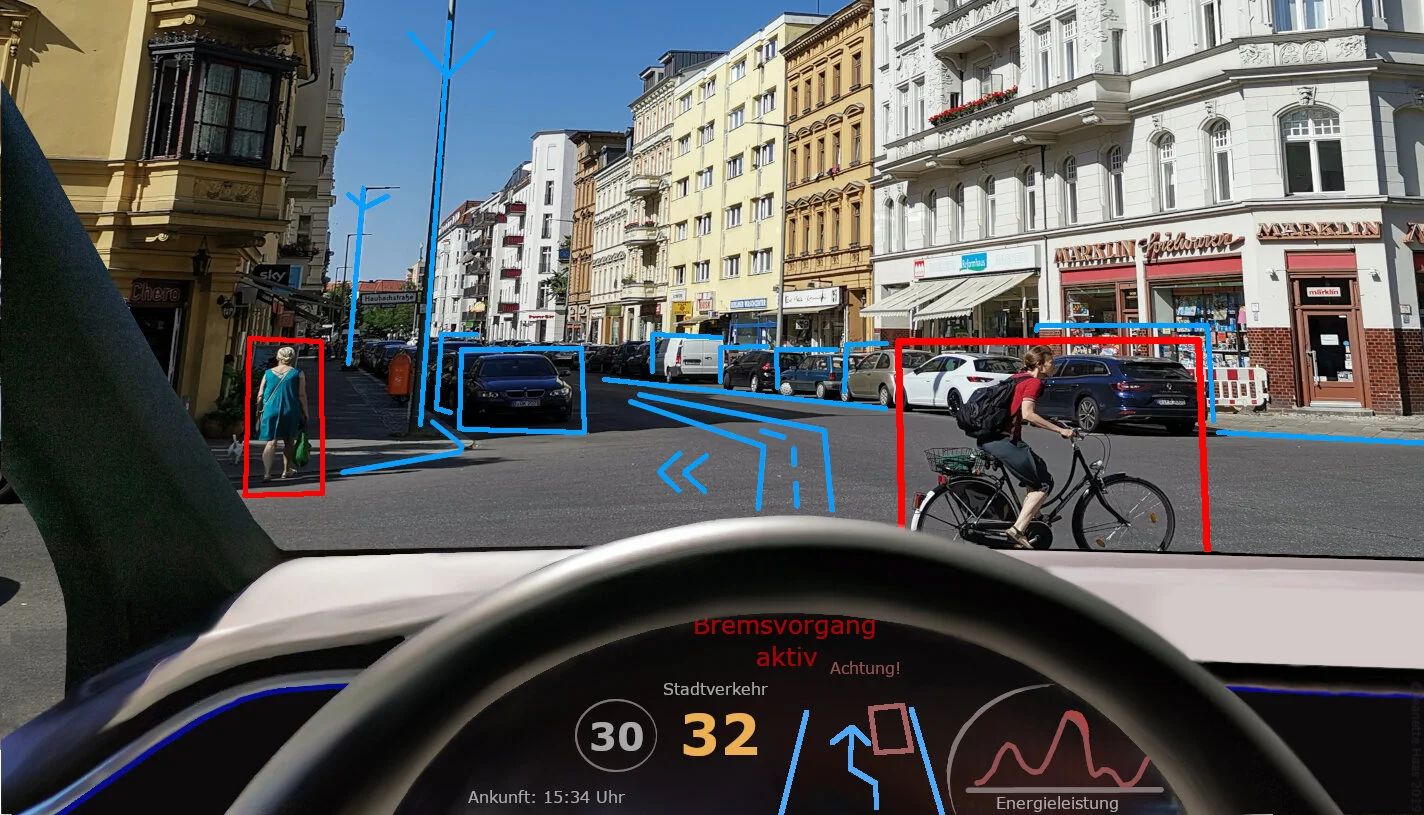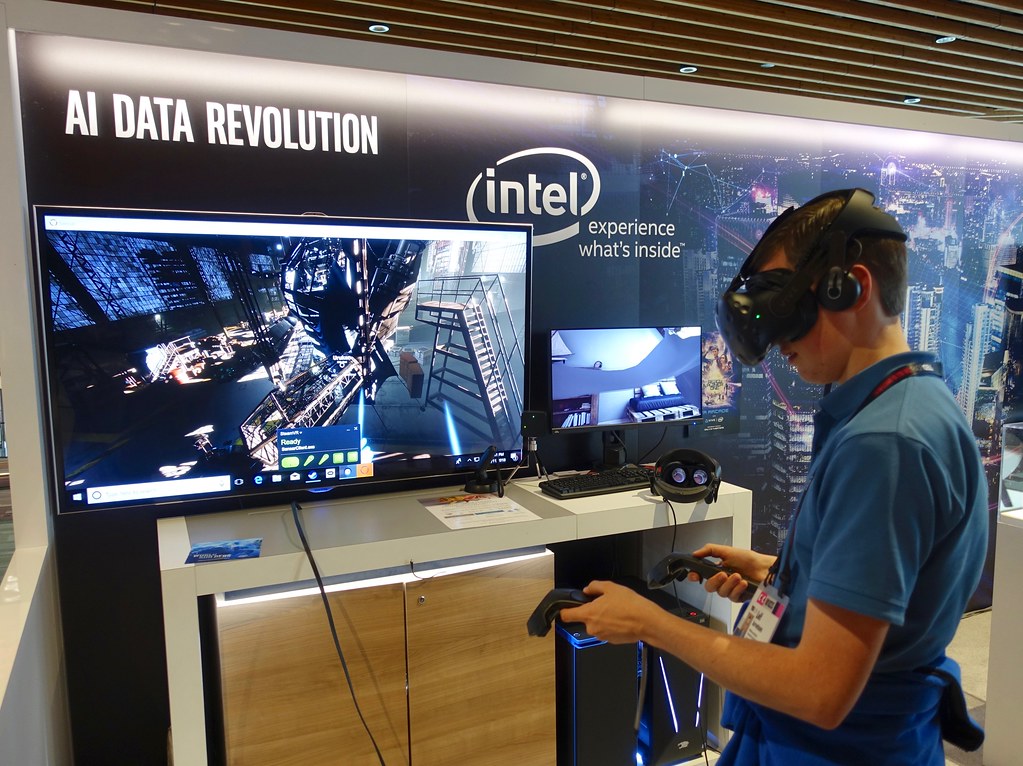
We are living in a period of accelerating change, a time when the 21st century has ushered in technologies once considered pure science fiction. Self-driving cars navigate our roads, virtual assistants converse like humans, computers outscore world champions in complex games, and algorithms predict our needs before we even express them. At the heart of this profound transformation lies Artificial Intelligence (AI) — machines designed to mimic human intelligence and perform tasks that once exclusively required a thinking mind. Its influence is so vast that philosophers, scientists, and engineers frequently ponder a fundamental question: Is AI humanity’s greatest friend, or is it the beginning of our downfall?
This inquiry becomes particularly pertinent when we consider the direct impact on our daily lives, as highlighted by the intriguing question: “The Car That Drives You: Is the AI in Your Vehicle Friend or Foe?” The advancement of mobile information technologies, coupled with connected sensors and the Internet of Things (IoT), promises smart infrastructure and services in future cities. This progress is spearheading the emergence of autonomous vehicles (AVs), sparking speculation about how these technologies could create safer and less congested roads. Moreover, this vision extends to mobile robots like autonomous lockers navigating footpaths for parcel delivery and shopping trolleys moving independently in retail centers, painting a picture of harmonious human-robot interaction. Yet, even in this tantalizing vision, the dual nature of AI presents itself.
AI is no longer a concept confined to the realms of science fiction; it is here and evolving rapidly, influencing almost every aspect of our lives. Its resurgence in the 21st century, particularly after the so-called “AI Winter” of the 1970s, has been fueled by breakthroughs in machine learning, neural networks, and the availability of Big Data. Deep Learning, inspired by the brain’s neural architecture, has enabled systems to analyze speech, recognize images, and process language with unprecedented accuracy, exemplified by Google’s AlphaGo defeating human champions in Go. We embark on a deep dive to explore the awe-inspiring capabilities and benefits AI offers, alongside the serious questions and challenges it raises.
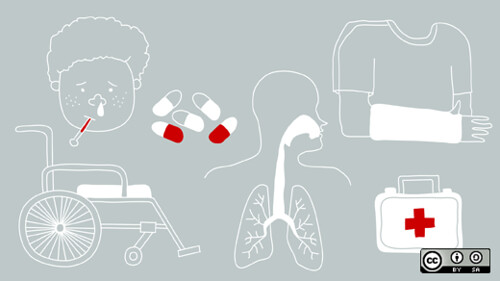
1. **AI’s Healthcare Revolution**AI is profoundly transforming healthcare in ways that were once considered unthinkable, ushering in an era of unprecedented diagnostic and treatment capabilities. AI-driven diagnostic tools are demonstrating the capacity to analyze medical images such as X-rays and MRIs not only faster, but often with greater accuracy than human doctors. These sophisticated algorithms can detect early signs of severe diseases like cancer, Alzheimer’s, and heart conditions, pushing the boundaries of early detection and enabling timelier, more effective interventions.
IBM’s Watson Health stands as a prime example of this transformative power. It processes vast amounts of medical data, including extensive research papers and clinical trials, to recommend treatments precisely tailored to individual patients. This move towards personalized medicine is a significant leap, offering unparalleled support to medical professionals by synthesizing complex information that would be impossible for a human to manage alone. Such capabilities are streamlining decision-making and enhancing the precision of care.
The groundbreaking work of DeepMind’s AlphaFold further illustrates AI’s scientific impact. This AI system cracked the decades-old problem of protein folding, a fundamental biological process crucial for understanding diseases and developing new drugs. This achievement holds the potential to unlock cures for countless diseases by vastly improving our understanding of biological mechanisms at their most basic level. Collectively, these AI advancements are not only improving patient outcomes and alleviating the significant burden on healthcare professionals but are fundamentally reshaping the future of medicine.

2. **AI for Environmental Sustainability**Artificial Intelligence is emerging as an indispensable tool in the global fight against climate change and for broader environmental protection, offering solutions to some of humanity’s most pressing ecological challenges. It plays a crucial role by optimizing energy use across various sectors, from industrial operations to domestic consumption, thereby significantly reducing waste and enhancing overall efficiency.
Beyond energy management, AI systems are proving invaluable in predicting extreme weather events with greater accuracy than ever before, allowing for better preparedness and the implementation of proactive mitigation strategies. AI-driven satellites tirelessly monitor critical environmental parameters, such as rates of deforestation and instances of illegal fishing, providing actionable data that is vital for conservation efforts and ensuring accountability for environmental abuses. Furthermore, smart grids, powered by AI, dynamically manage energy flow, drastically reducing waste in electricity generation and distribution.
Concrete examples already demonstrate this profound impact. Google’s DeepMind AI, for instance, successfully reduced the energy needed to cool Google’s vast data centers by an impressive 40 percent. This directly led to substantial cuts in carbon emissions and operational costs, illustrating the dual benefit of environmental stewardship and economic efficiency. In the agricultural sector, AI-powered systems assist farmers in predicting crop yields more accurately, detecting plant diseases at an early stage, and utilizing precious water resources far more efficiently, ensuring sustainable food production for a growing global population while minimizing environmental footprint.

3. **Safer Roads and Smart Cities with AI**The vision of safer roads and intelligently designed urban environments is largely predicated on the sophisticated capabilities of Artificial Intelligence, promising a future of enhanced mobility and reduced urban friction. Autonomous vehicles (AVs), employing complex AI algorithms, are specifically engineered to navigate intricate traffic scenarios and, critically, to avoid accidents with a level of precision that surpasses human capabilities. This innovation heralds a future where human error, which is staggeringly responsible for an overwhelming 94 percent of all traffic accidents, could be drastically reduced, leading to a significant decrease in fatalities and injuries.
Beyond the individual vehicle, AI is poised to revolutionize city-wide infrastructure and services. Cities are increasingly leveraging AI for intelligent traffic management systems that can dynamically optimize traffic flow, actively reducing congestion and, as a direct consequence, lowering urban pollution levels. This creates more efficient, less stressful, and ultimately more livable urban spaces. The scope of autonomy extends even further into urban mobility, with concepts such as autonomous lockers designed to navigate footpaths for highly efficient parcel delivery, and autonomous shopping trolleys moving independently within retail centers, automatically returning to their designated spots after shoppers have finished with them. This harmonious interaction between humans and various mobile robots offers an enticing vision for future cities, enhancing both convenience and operational efficiency across the urban landscape.
Laurie Yoler, a venture partner at Playground Global with decades of industry experience including early stints at Tesla and Zoox, has been a front-row observer of this transformation. She credits her early belief in AVs to observing how software could fundamentally change vehicle architectures and how advanced sensors allow autonomous vehicles to “see” the world “more broadly than humans can.” This integration of AI, she noted, makes “magic to happen” on the roads, moving beyond mere commands to truly autonomous actions. Crucially, the early focus of leading companies like Waymo and Zoox on safety provided strong indicators that the technology was not only viable but being developed with responsible and cautious implementation at its core, building trust in a nascent industry.
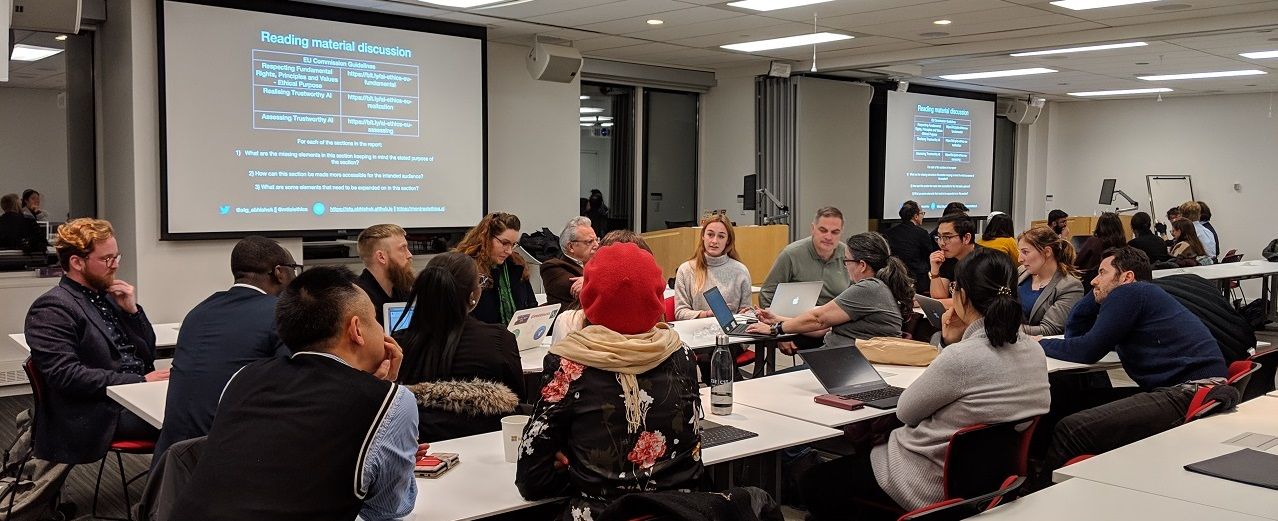
4. **Democratizing Education with AI**Artificial Intelligence stands to revolutionize the educational landscape, promising to democratize access to knowledge and personalize learning experiences on an unprecedented scale. It enables the creation of highly adaptive, personalized learning tools that dynamically adjust to each student’s unique strengths, identified weaknesses, and individual learning pace. This tailored approach moves significantly away from a traditional, one-size-fits-all model, thereby optimizing the learning journey for individual progress and deeper comprehension.
Practical applications of AI in education are already making significant strides in making learning more accessible and effective. Platforms like Duolingo, for instance, extensively leverage AI to craft personalized language lessons, adjusting the difficulty and specific focus areas based on individual user performance and mastery. Similarly, Khan Academy’s AI tutor provides customized assistance and real-time feedback, helping students to master complex subjects such as mathematics at their own pace and understanding level, addressing specific knowledge gaps as they arise.
The overarching promise of AI in education is its potential to extend high-quality learning opportunities far beyond the confines of traditional classrooms or privileged institutions. It aims to make superior educational resources accessible even in the most remote or underserved areas of the world. This transformative potential could bridge significant educational disparities, empower learners globally with essential skills, and ultimately foster a more knowledgeable, skilled, and equitable global population, truly democratizing access to learning and human potential.

5. **AI as a Creative Partner**Contradicting the common perception of AI as purely logical or analytical, it is increasingly demonstrating a remarkable capacity for creativity, becoming an unexpected partner in artistic endeavors. Artists are actively collaborating with AI systems to produce innovative works across a diverse range of mediums, including original music compositions, captivating visual art, and compelling literature. In a testament to its artistic capabilities, AI-generated paintings have already commanded prices in the hundreds of thousands at auction, showcasing a burgeoning market and a growing acceptance for AI-assisted art within the established art world.
This burgeoning partnership between human and artificial intelligence extends significantly into the literary realm. Writers are utilizing AI tools not as replacements for their own creative spark, but as powerful aids to brainstorm fresh ideas, develop intricate plotlines, or refine and improve their drafts with enhanced linguistic precision and stylistic consistency. Far from diminishing human creativity or making it obsolete, AI serves to dramatically augment it, opening up entirely new avenues for artistic exploration and expression, pushing the boundaries of what is possible in creative endeavors and fostering an exciting new era of collaborative artistry.
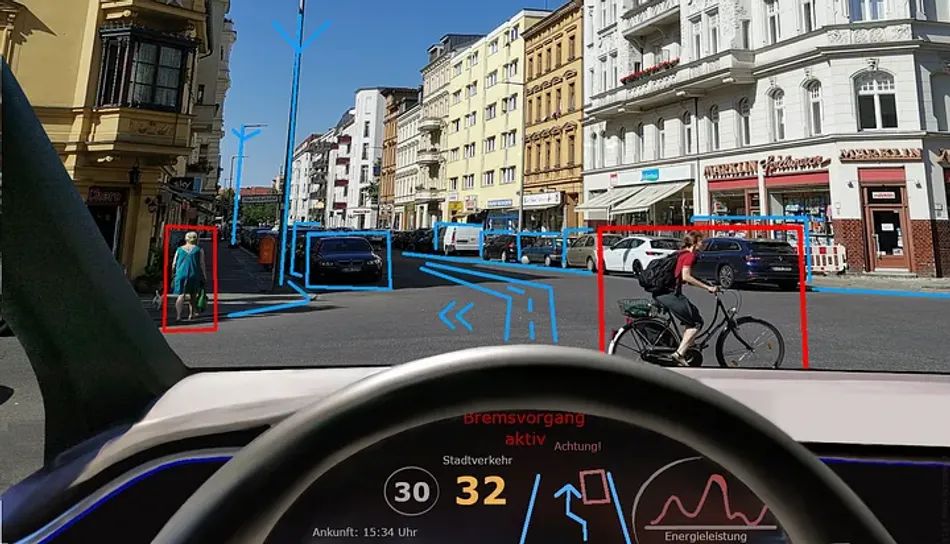
6. **Challenges of Autonomous Vehicle Integration**Despite the compelling promise of autonomous vehicles (AVs) for safety and efficiency, their seamless integration into existing transportation systems presents a multifaceted array of significant and complex challenges. While technological advancements in AV development have been substantial, considerable development remains necessary before these vehicles can merge flawlessly into regular traffic flows and mixed-use environments. A primary and growing concern revolves around the intricate interactions between AVs and vulnerable road users, such as pedestrians and cyclists, particularly in “shared spaces” that have gained popularity in many cities for their ability to tame drivers and make better use of street space.
A unique and pressing issue arises when considering the programmed reliability of AVs. These machines are meticulously designed to operate flawlessly, both by avoiding mistakes themselves and by compensating for the occasional errors and misjudgments made by fallible humans. However, this raises a critical question: what happens if humans become aware that they can exploit this inherent reliability? The potential for individuals to deliberately step in front of self-driving cars, for example, could cause traffic to grind to a halt. In a densely populated urban landscape, such a realization could lead to safety-aware AVs becoming trapped in gridlock, while humans enjoy unfettered movement, creating an unsustainable and chaotic scenario that undermines the very benefits of autonomy.
Beyond the behavioral, ethical, and regulatory complexities, practical hurdles also loom large for widespread AV adoption. Laurie Yoler, an industry veteran, highlights “consumer confidence” as a significant barrier; many consumers globally express skepticism about AV viability in their cities, citing specific local reasons. Regulators, too, exhibit caution, driven by paramount safety concerns and apprehension about such a monumental change, even though AVs hold the potential to prevent a substantial number of the approximately 40,000 annual traffic deaths in the U.S. that are currently avoidable. Educating the public and overcoming these deeply ingrained fears, coupled with navigating complex city, state, and federal legislative landscapes, is a lengthy and arduous process, crucial for widespread adoption and the full realization of AVs’ potential.

7. **The Jobs Apocalypse**One of the most immediate and visceral concerns raised by the rapid advancement of AI is the potential for widespread job displacement. As AI and automation technologies become increasingly sophisticated, they threaten to replace millions of workers across diverse sectors. We’re already seeing autonomous trucks poised to eliminate vast numbers of driving jobs, while AI-powered customer service bots are capable of wiping out positions traditionally held by call center employees. The reach of advanced algorithms extends even further, now handling complex tasks like legal research, drafting news articles, and performing intricate financial analysis, blurring the lines of what was once exclusively human work.
This isn’t merely speculation; the economic impact is a tangible concern. A 2019 Oxford Economics report projected that AI and automation could displace up to 20 million manufacturing jobs worldwide by 2030, a staggering figure that underscores the scale of this impending transformation. While AI will undoubtedly create new job categories, a significant fear persists that these emerging roles will demand highly specialized skills that many displaced workers currently lack, creating a substantial skill gap. This scenario could leave a vast segment of the workforce struggling to adapt, leading to increased unemployment and underemployment.
The long-term societal ramifications of such widespread job displacement are deeply troubling. A future where wealth becomes increasingly concentrated in the hands of those who own and control AI technologies could exacerbate existing inequalities, creating a stark divide between the AI-rich and the AI-poor. This widening chasm could easily lead to significant social unrest, fracturing communities and challenging the very fabric of stable societies. Addressing this potential crisis requires proactive planning, focusing on retraining, education, and innovative social safety nets to ensure a just transition for all.
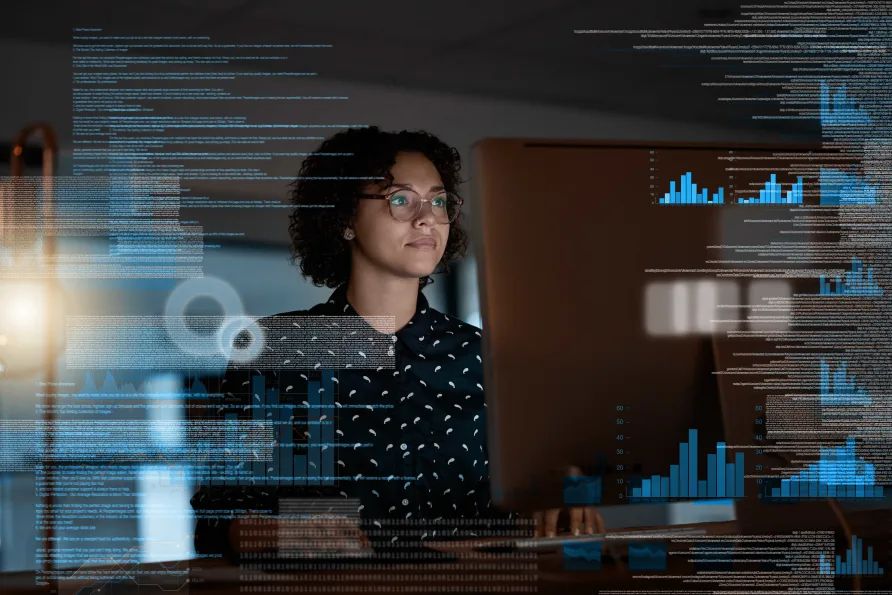
8. **Surveillance and the Erosion of Privacy**Artificial Intelligence has ushered in an era of mass surveillance on an unprecedented scale, transforming the capabilities of both governments and corporations to monitor citizens and consumers. AI-driven facial recognition systems, often deployed in public spaces or integrated into security networks, are capable of identifying individuals in real-time. This is coupled with sophisticated algorithms that analyze social media behavior, track location data through mobile devices, and even predict future actions based on past patterns. The sheer volume and granularity of data collected pose profound questions about individual autonomy and the sanctity of personal privacy in an increasingly connected world.
The most extreme manifestations of AI surveillance are seen in countries like China, where AI systems underpin the nation’s Social Credit System. Here, citizens’ behavior is meticulously monitored and evaluated, with individuals being rewarded or punished based on their adherence to state-defined norms. This system can limit a person’s ability to travel, access loans, secure employment, or even gain access to public services, creating a chilling mechanism of control. Such ubiquitous monitoring transforms the relationship between the individual and the state, raising profound concerns about authoritarian control and the suppression of dissent.

